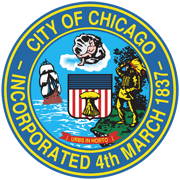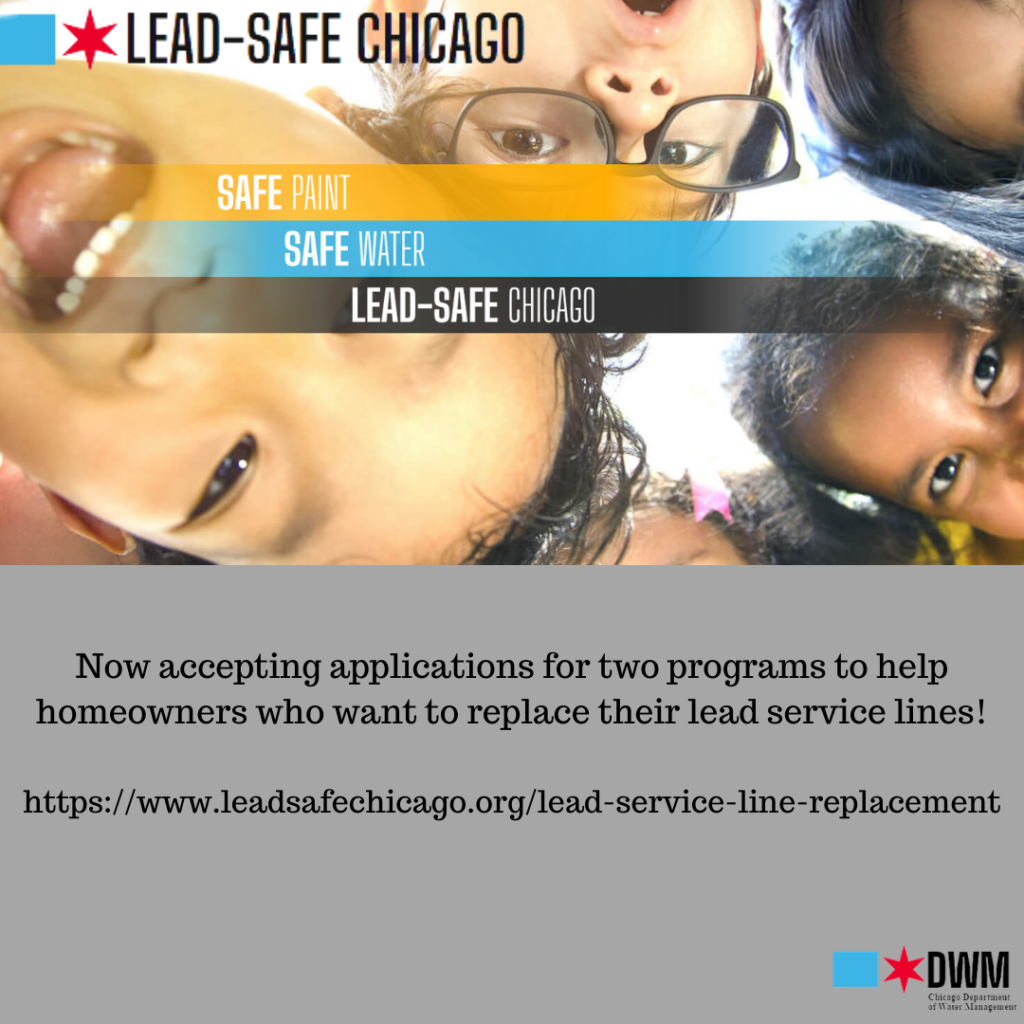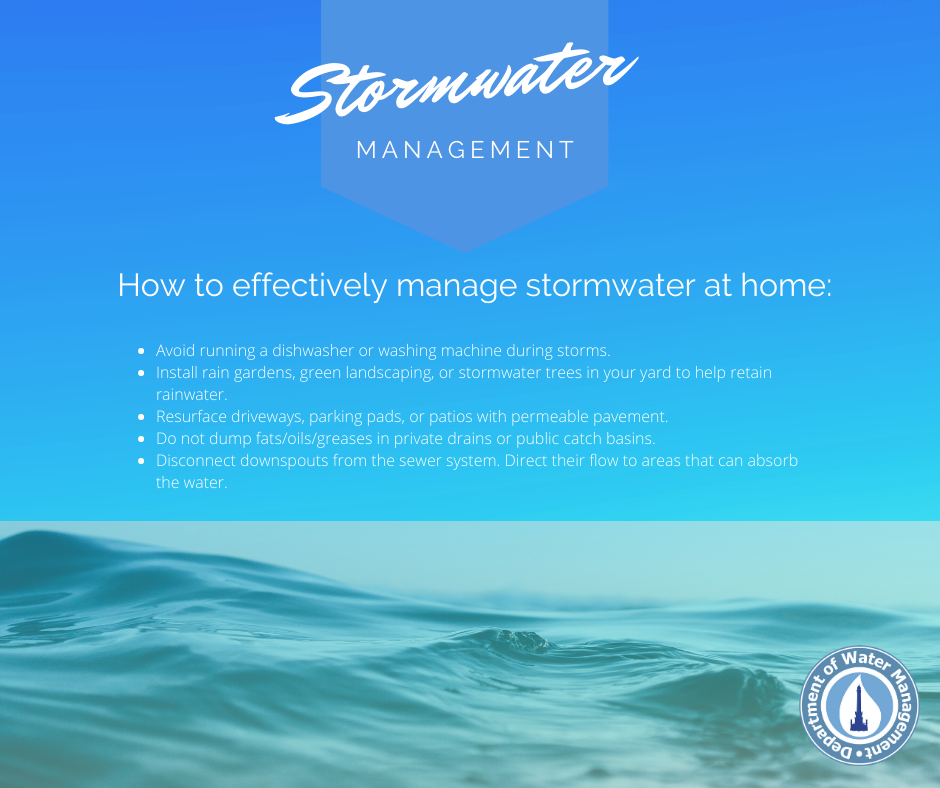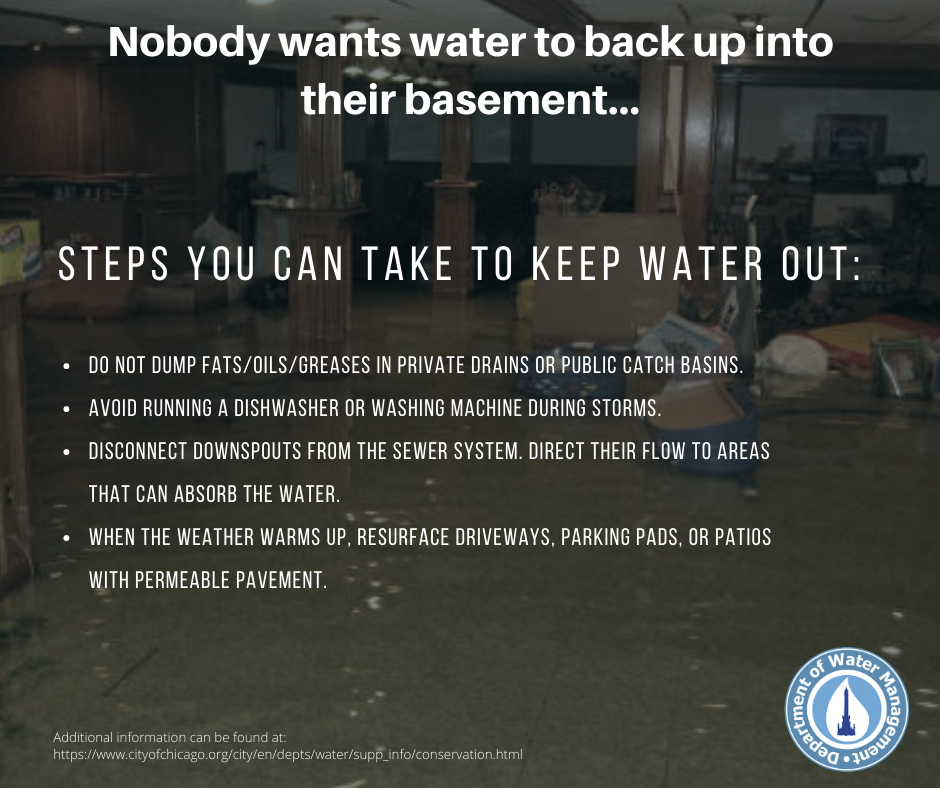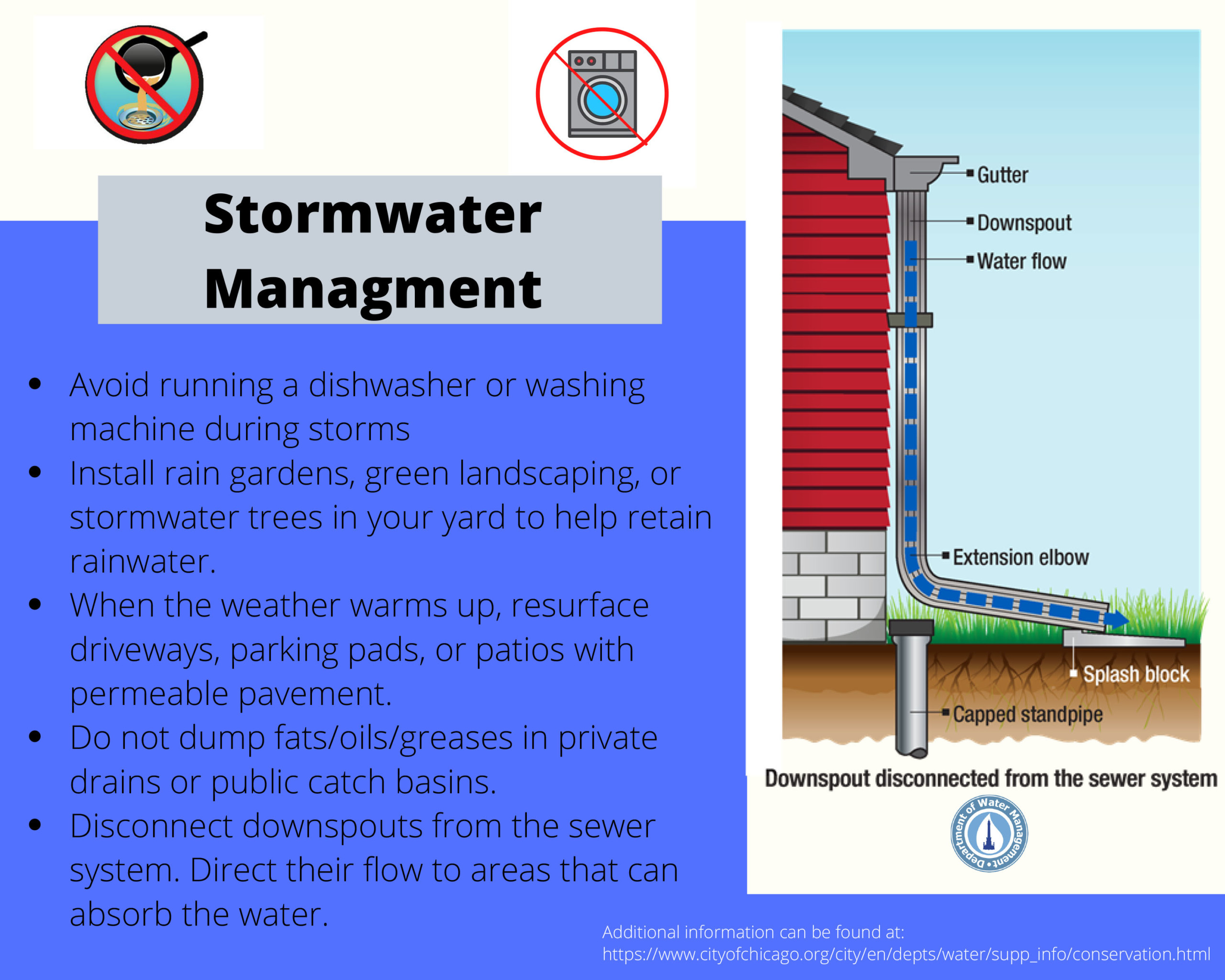Last fall the City has announced two new lead service line replacement programs for homeowners who would like to replace their lead service lines. If you live in a single-family or two-flat home built before 1986, it is likely that you have a lead service line. Chicago’s drinking water is in compliance with all industry, state and federal standards so replacement is completely voluntary.
- Homeowner-Initiated Program. If a homeowner wants to hire a contractor and remove the existing lead service line, this program will waive the permit fees for the project. This could amount to a savings of up to $3,100. Additionally, the City will attach the new service line to the water main and provide a free water meter for the contractor to install, if there isn’t one already in place. To qualify, the request for the fee waiver must be a standalone and not made in conjunction with a home renovation or expansion.
- Equity Lead Service Line Replacement Program. Under this program, you may be eligible for a free lead service line replacement all the way from the water main into your home plus installation of a free water meter to save money on your water bills if:
- Live in a single-family or two-flat you own.
- Have a household income below 80% of the area median income ($72,800 for a family of 4).
- Have consistent results of at least 15 parts per billion of lead in your water in free testing by done by the Department of Water Management.
Residents interested in the Equity Program are encouraged to call 311 and ask for a water test kit to get started. More information on both these programs and links to apply can be found at: https://www.leadsafechicago.org/lead-service-line-replacement
